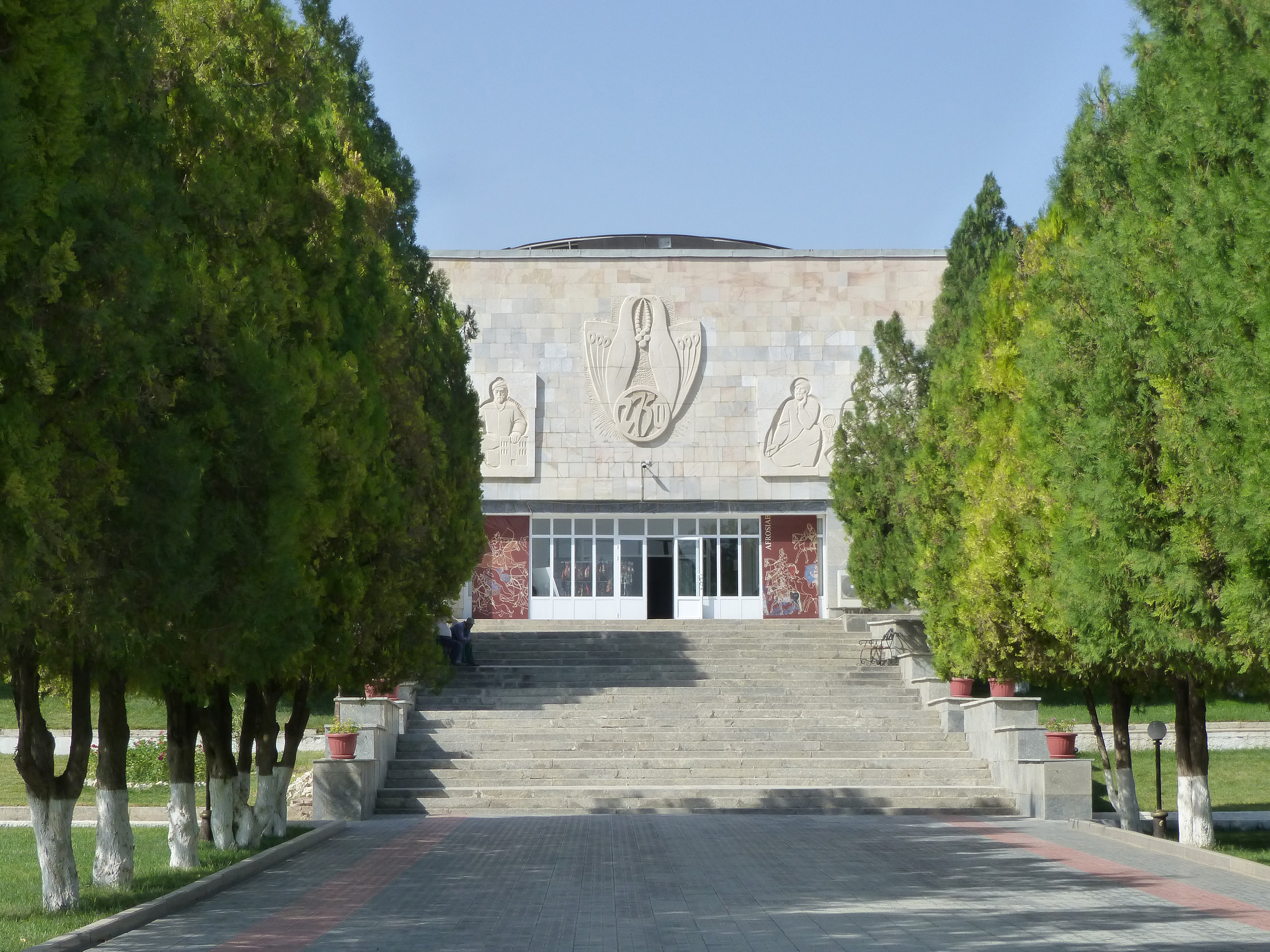
Exploring the Ancient City: Afrasiab Museum of Samarkand
If you're a history enthusiast or simply love exploring ancient civilizations, then a visit to the Afrasiab Museum of Samarkand in Parkent District is an absolute must. Located at the historical site of Afrasiyab, one of the largest archaeological sites in the world, this museum offers a fascinating glimpse into the rich history of Central Asia.
Unveiling the Past
Afrasiab, an ancient settlement spanning over 200 hectares, was once a thriving city that stood as a testament to the cultural and commercial significance of Samarkand. Named after the mythical king Turan, this ancient city was a hub of trade and culture in Central Asia.
Historical Significance
During archaeological excavations, a treasure trove of artifacts was unearthed, shedding light on the vibrant past of Samarkand. Ornamented pottery dishes, glassware, terracotta figurines, coins, and women's jewelry were among the discoveries that showcased the city's artistic and cultural prowess.
The buildings of the 6th and 7th centuries were adorned with exquisite paintings, depicting people dressed in festive costumes, bearing rich gifts, and accompanied by real and mythical animals. These paintings provide a glimpse into the lives and celebrations of the people who once inhabited this ancient city.
Architectural Marvels
Afrasiab was not only a center of commerce and culture but also boasted impressive architectural structures. During the Achaemenid era, the city was fortified with a high solid wall, serving as a protective barrier against external threats.
In the 9th and 10th centuries, Samarkand became the capital of the Samanid dynasty, and a majestic palace was built in the western part of Afrasiab. The inner part of the city expanded to cover an area of 220 hectares, housing bazaars, mosques, and caravanserais in the southern part.
The Mongol Invasion
Tragically, in the 13th century, Afrasiab fell victim to the destructive forces of the Mongol ruler Chinghiz Khan. The city was ravaged, and Samarkand suffered greatly. Afrasiab was left in ruins, serving as a poignant reminder of the city's glorious past.
Visiting Afrasiab Museum
A visit to the Afrasiab Museum allows you to immerse yourself in the rich history of Samarkand. As you explore the exhibits, you'll gain a deeper understanding of the city's cultural heritage and the impact of ancient civilizations on the region.
The museum houses a vast collection of artifacts, including pottery, jewelry, and paintings, providing a comprehensive overview of the city's past. The knowledgeable staff is always on hand to answer any questions and provide insights into the significance of each exhibit.
When to Visit
The Afrasiab Museum is open year-round, allowing visitors to explore the ancient city regardless of the season. However, it's worth noting that the summer months can be quite hot, so visiting during spring or autumn may offer a more comfortable experience.
Conclusion
A trip to the Afrasiab Museum of Samarkand is a journey back in time, allowing you to witness the grandeur and cultural richness of an ancient civilization. From the archaeological wonders to the architectural marvels, this museum offers a captivating experience for history enthusiasts and curious travelers alike. So, make sure to include Afrasiab Museum in your itinerary when visiting Parkent District, and prepare to be amazed by the secrets of the past that lie within its walls.
